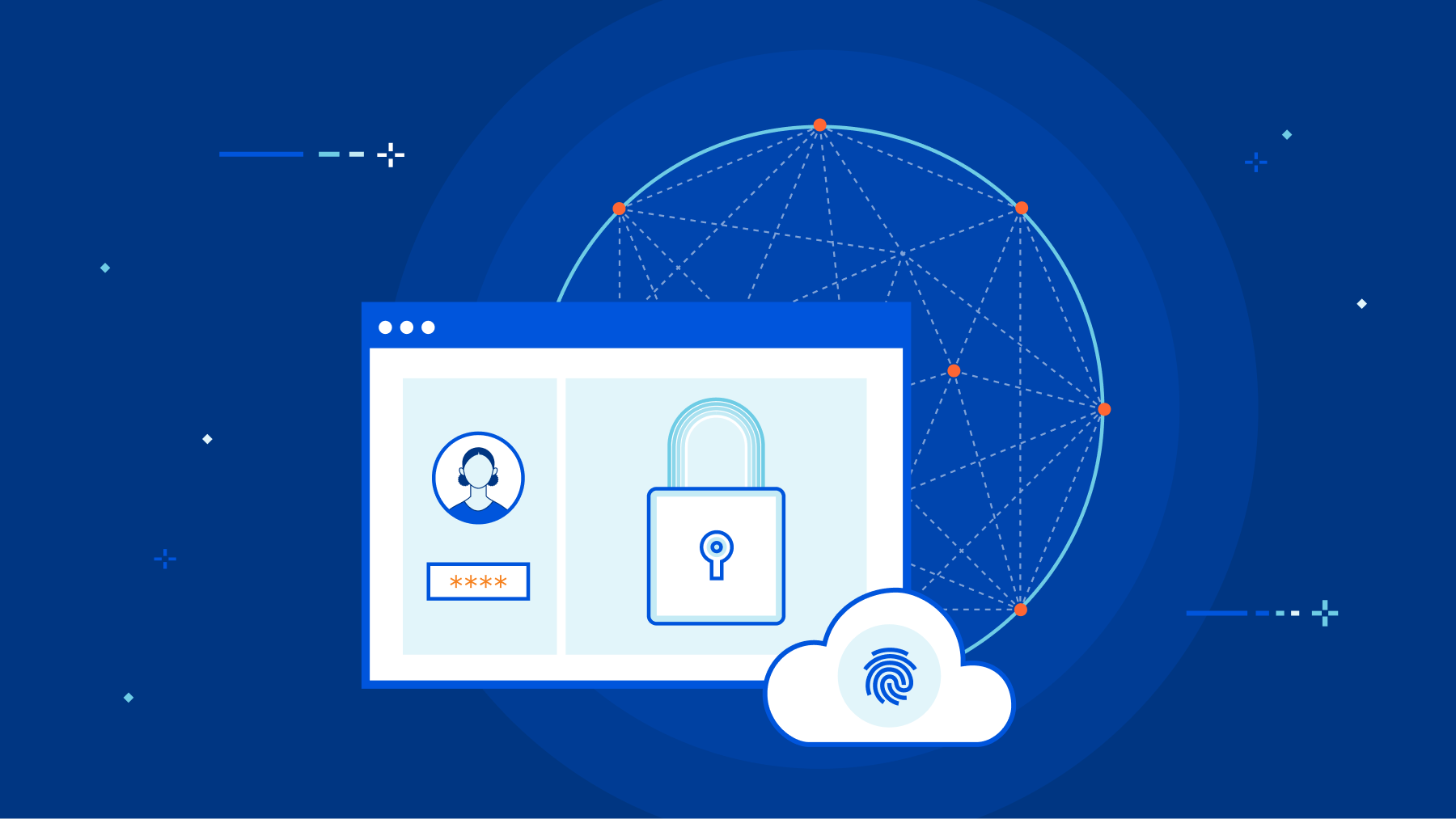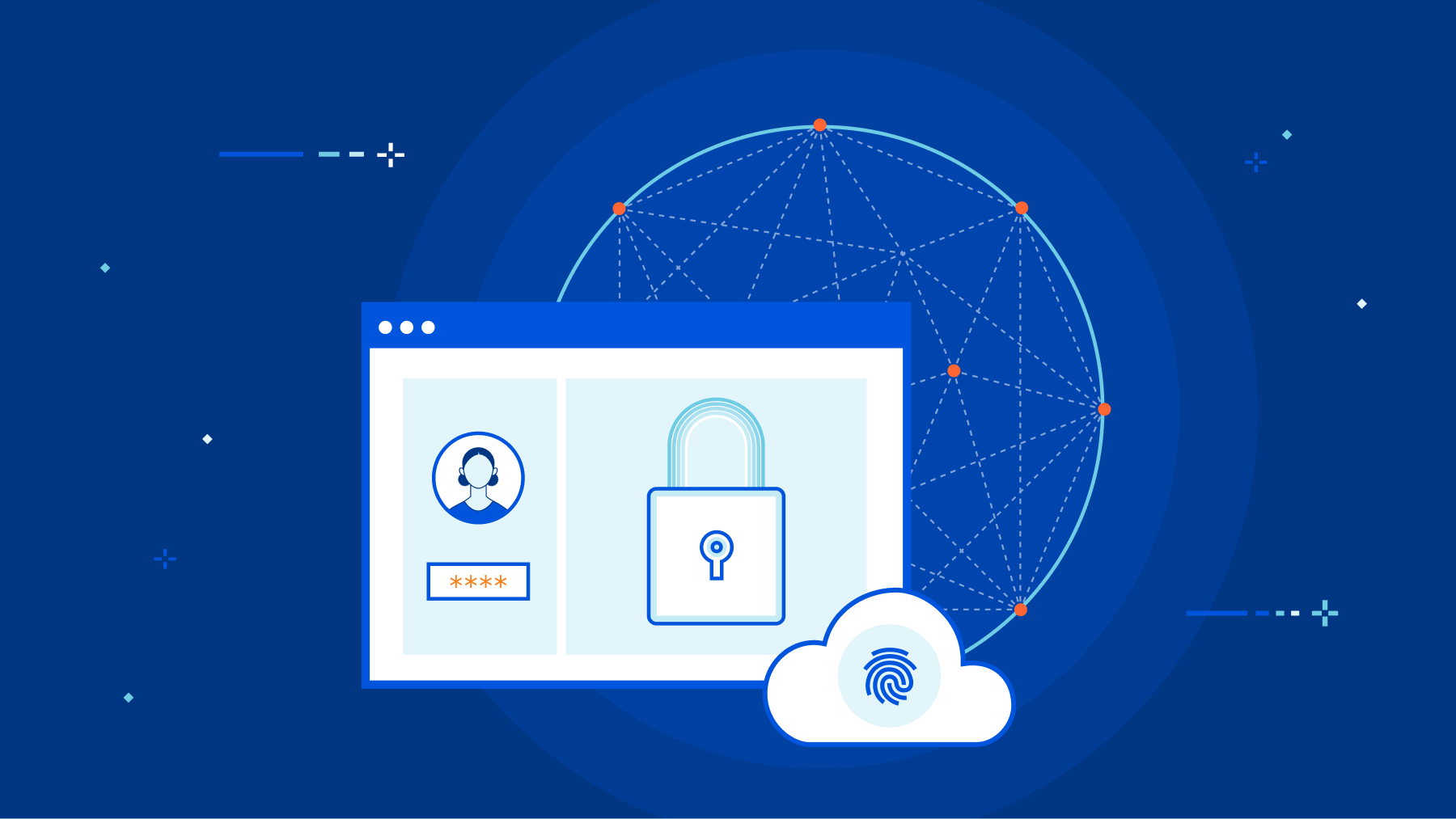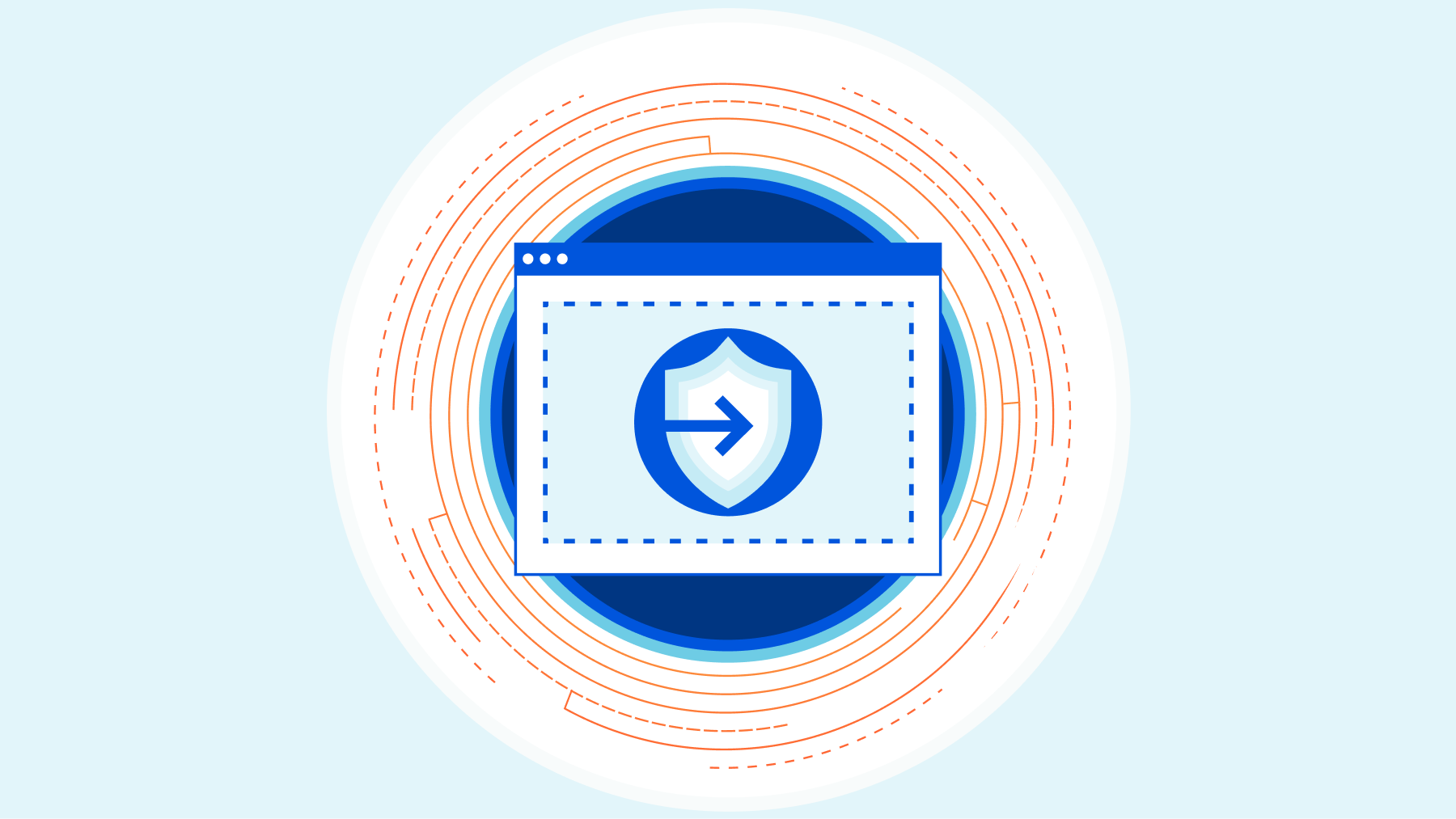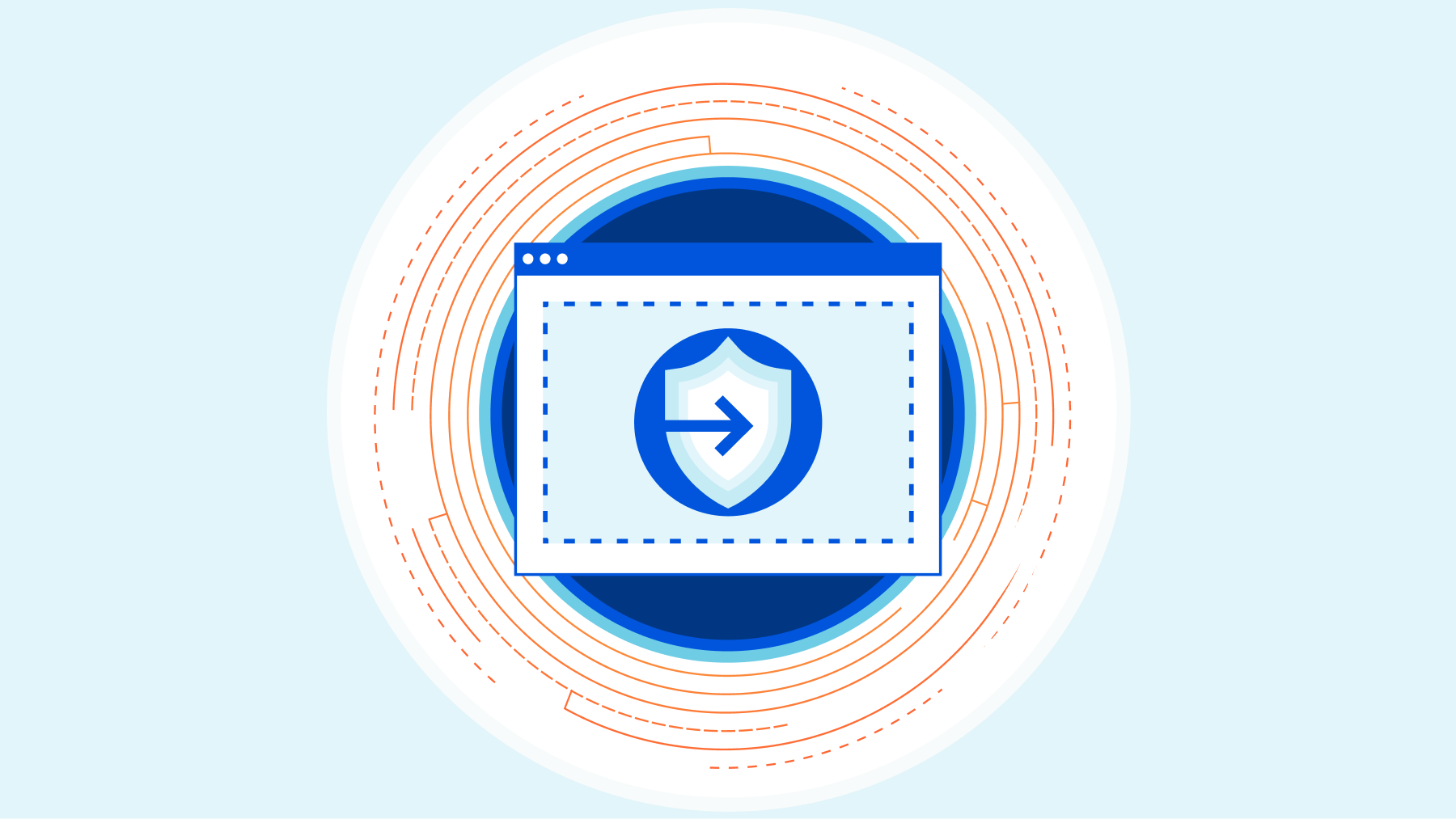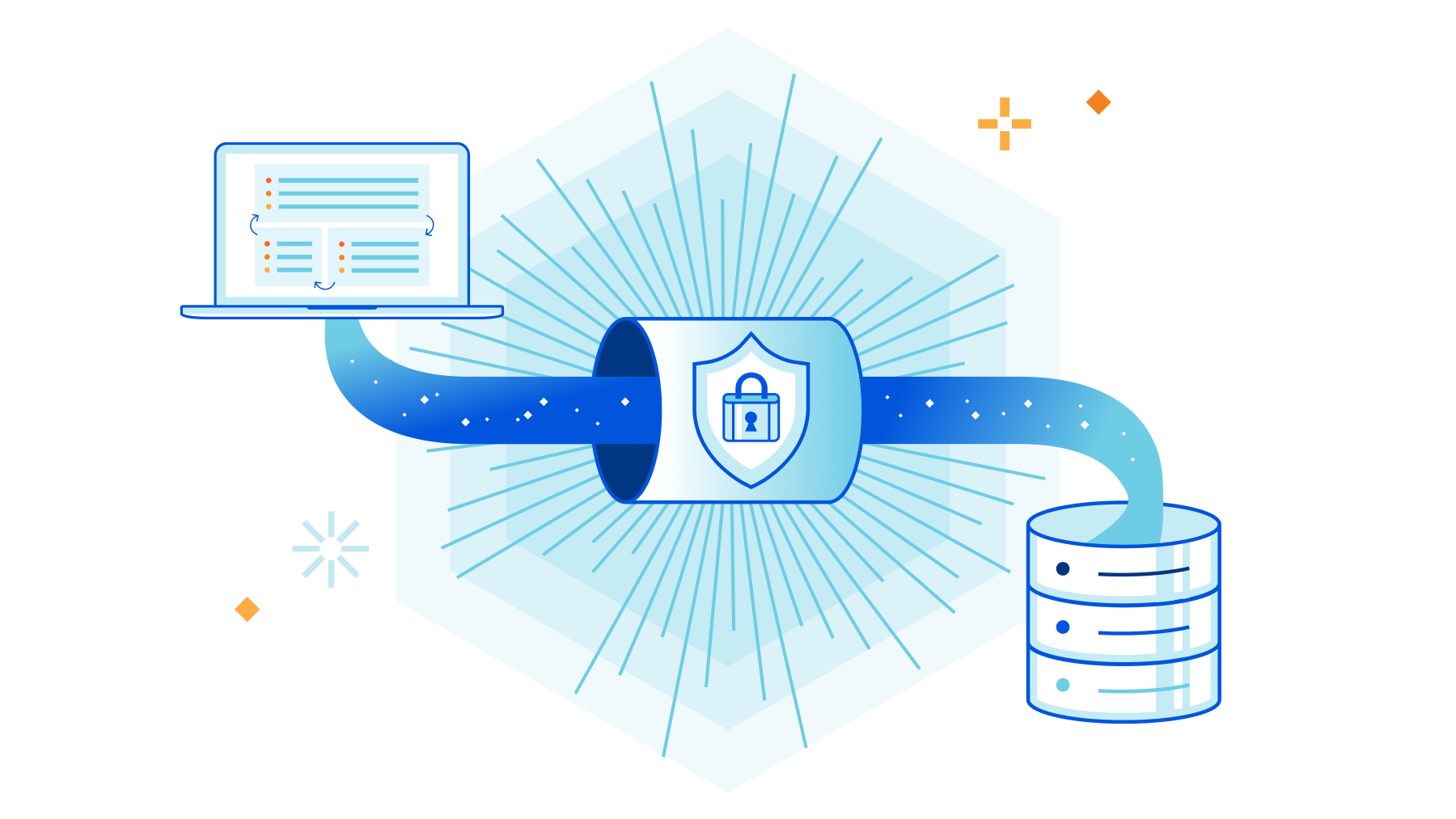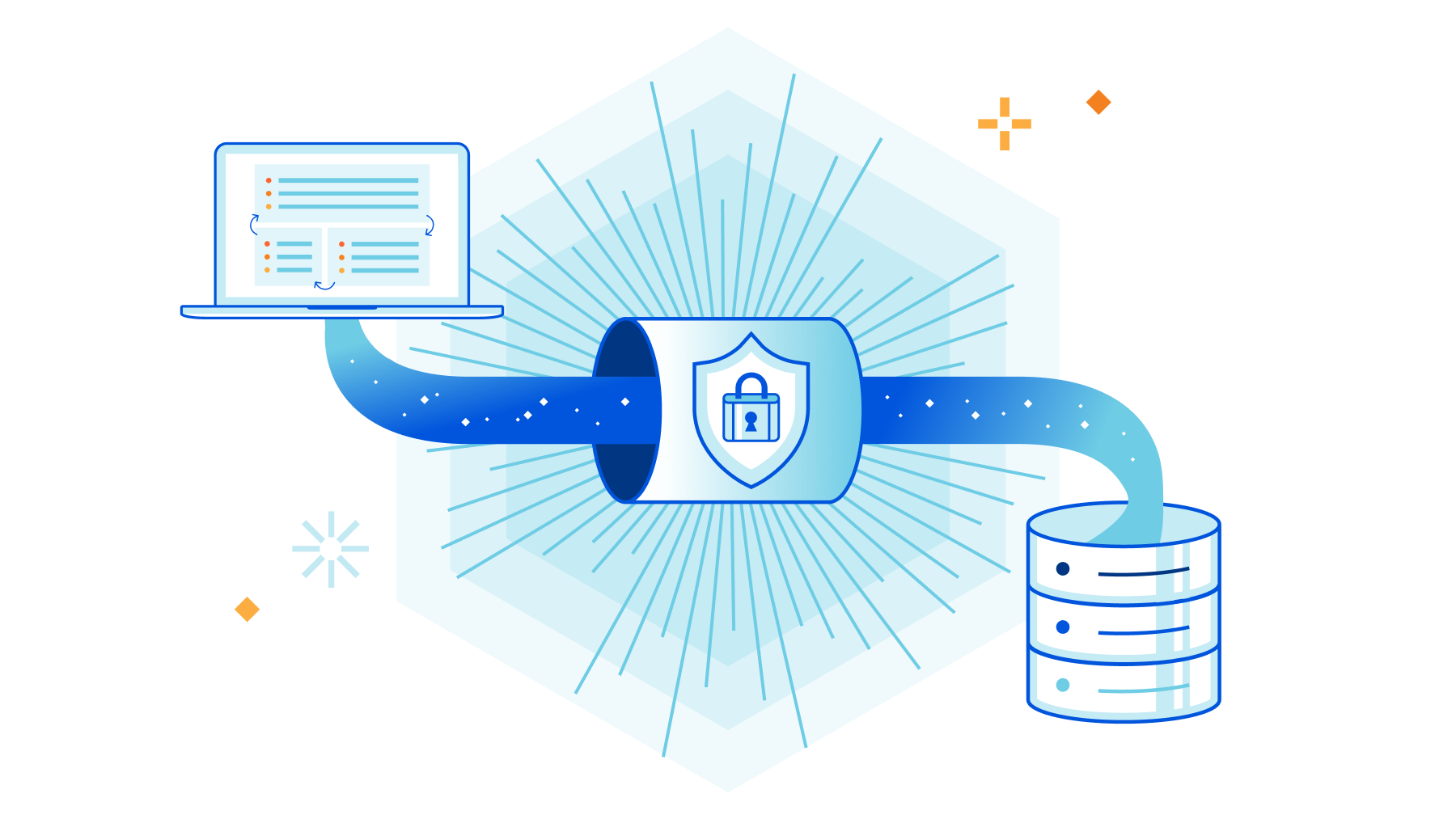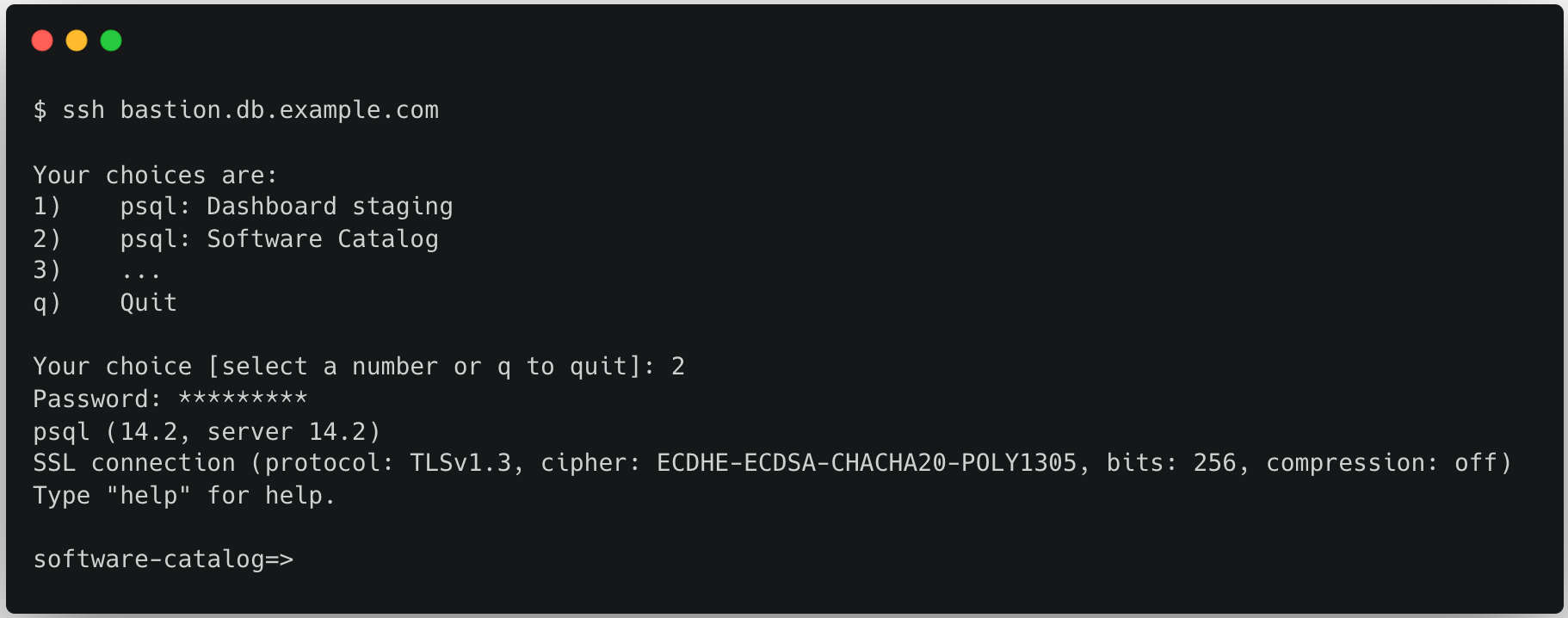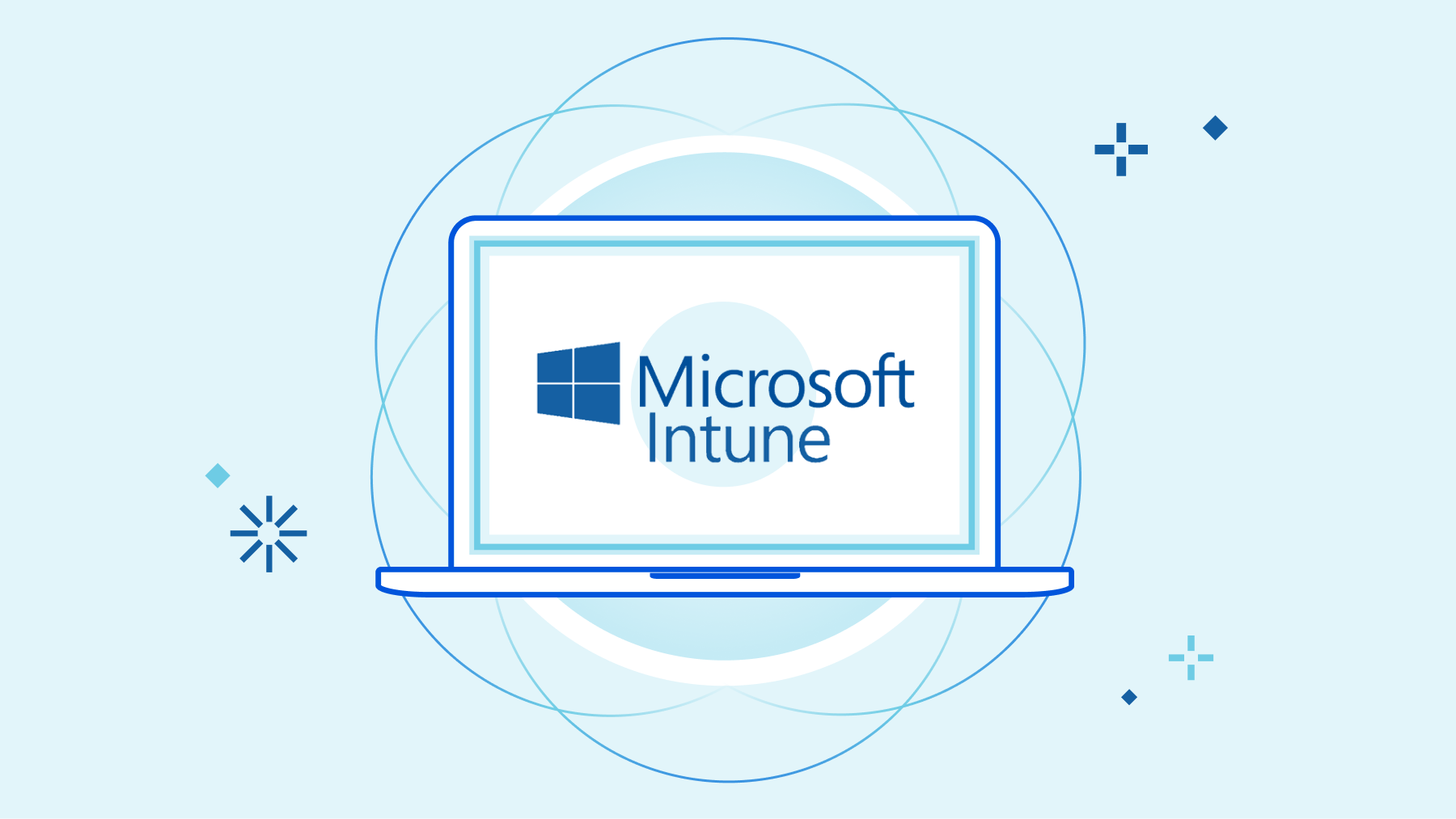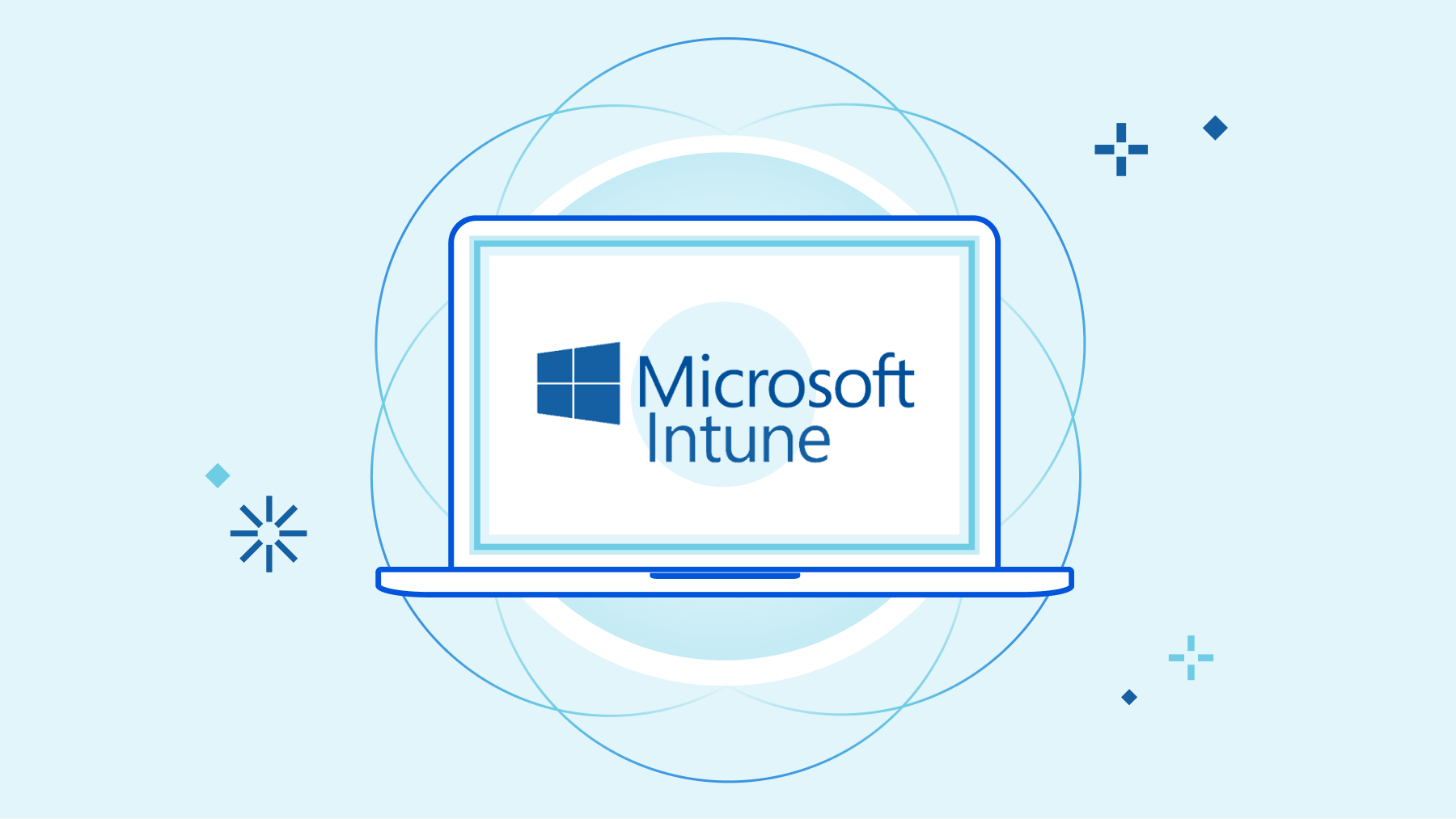Kubectl with Cloudflare Zero Trust
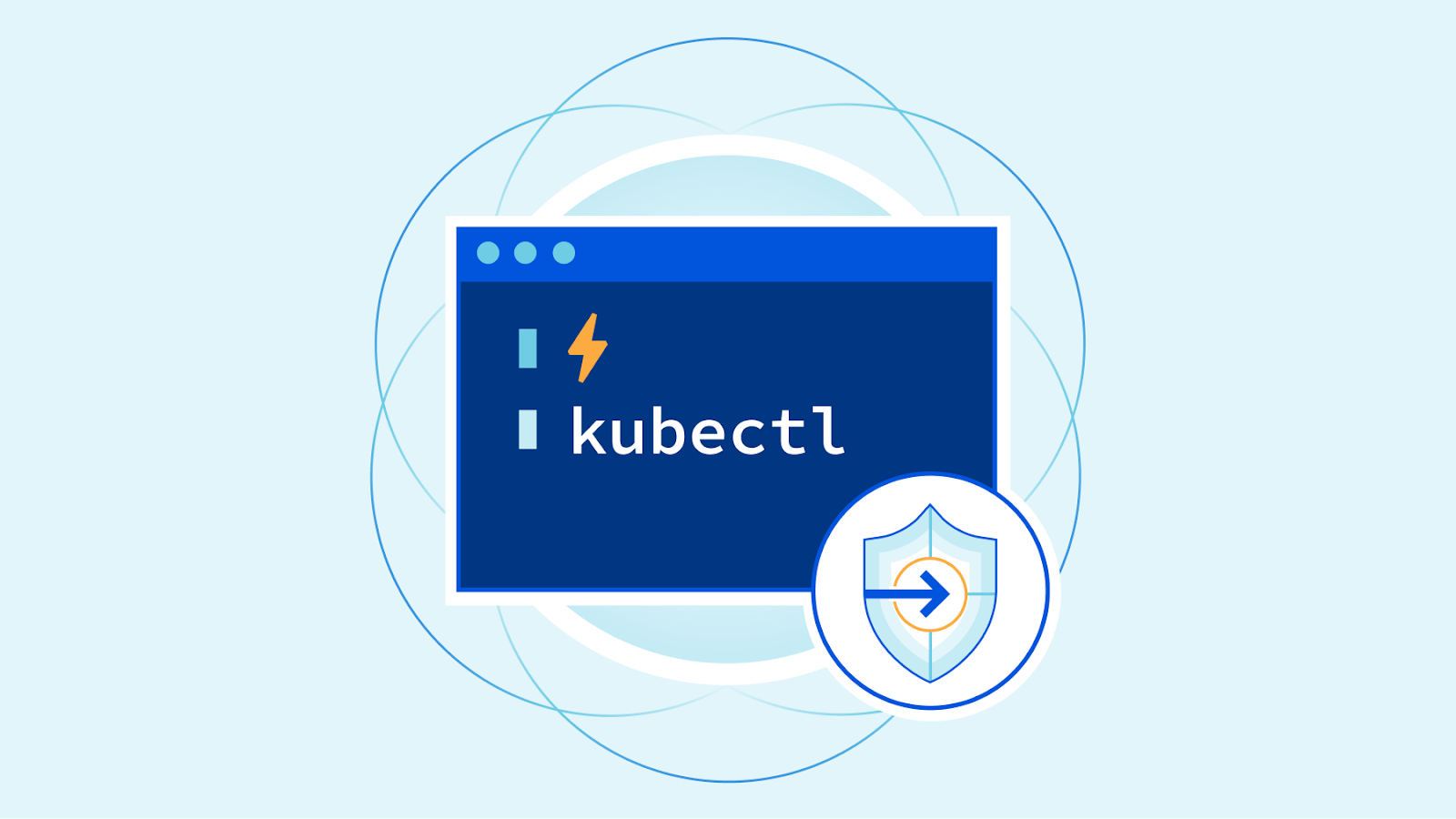
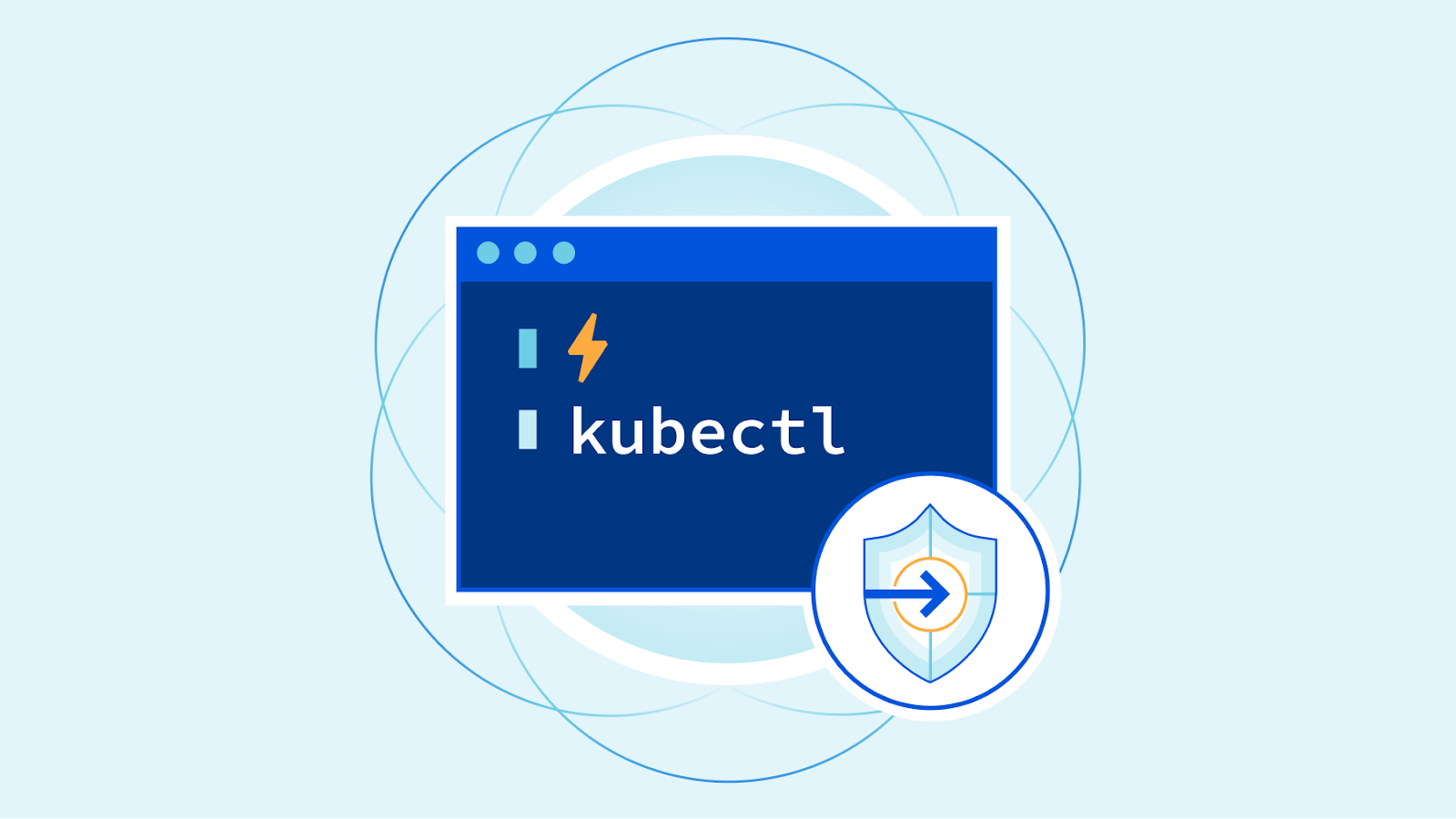
Cloudflare is a heavy user of Kubernetes for engineering workloads: it's used to power the backend of our APIs, to handle batch-processing such as analytics aggregation and bot detection, and engineering tools such as our CI/CD pipelines. But between load balancers, API servers, etcd, ingresses, and pods, the surface area exposed by Kubernetes can be rather large.
In this post, we share a little bit about how our engineering team dogfoods Cloudflare Zero Trust to secure Kubernetes — and enables kubectl without proxies.
Our General Approach to Kubernetes Security
As part of our security measures, we heavily limit what can access our clusters over the network. Where a network service is exposed, we add additional protections, such as requiring Cloudflare Access authentication or Mutual TLS (or both) to access ingress resources.
These network restrictions include access to the cluster's API server. Without access to this, engineers at Cloudflare would not be able to use tools like kubectl to introspect their team's resources. While we believe Continuous Deployments and GitOps are best practices, allowing developers to use the Kubernetes API aids in troubleshooting and increasing developer velocity. Not having access would have been a deal breaker.
To satisfy our security requirements, Continue reading




